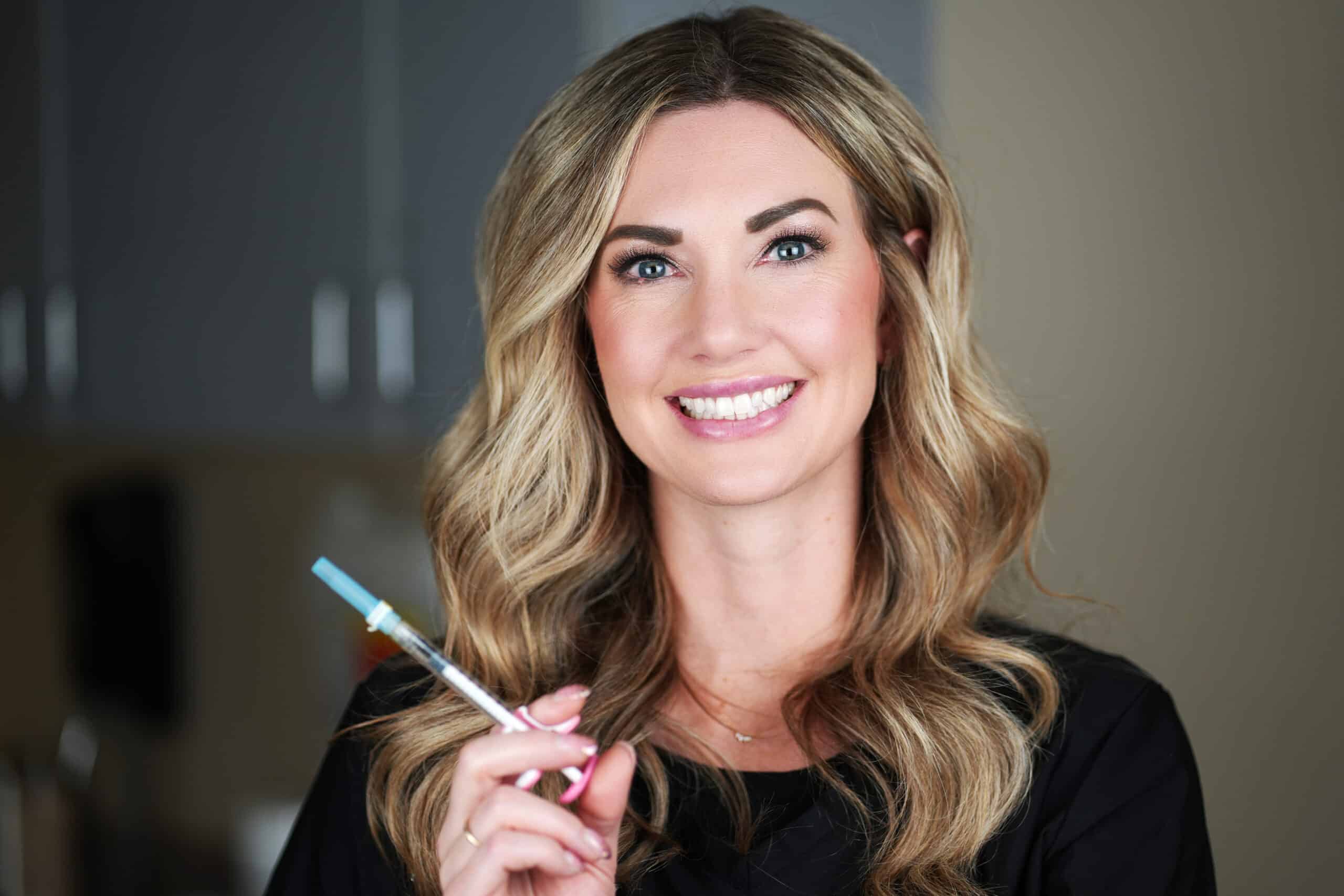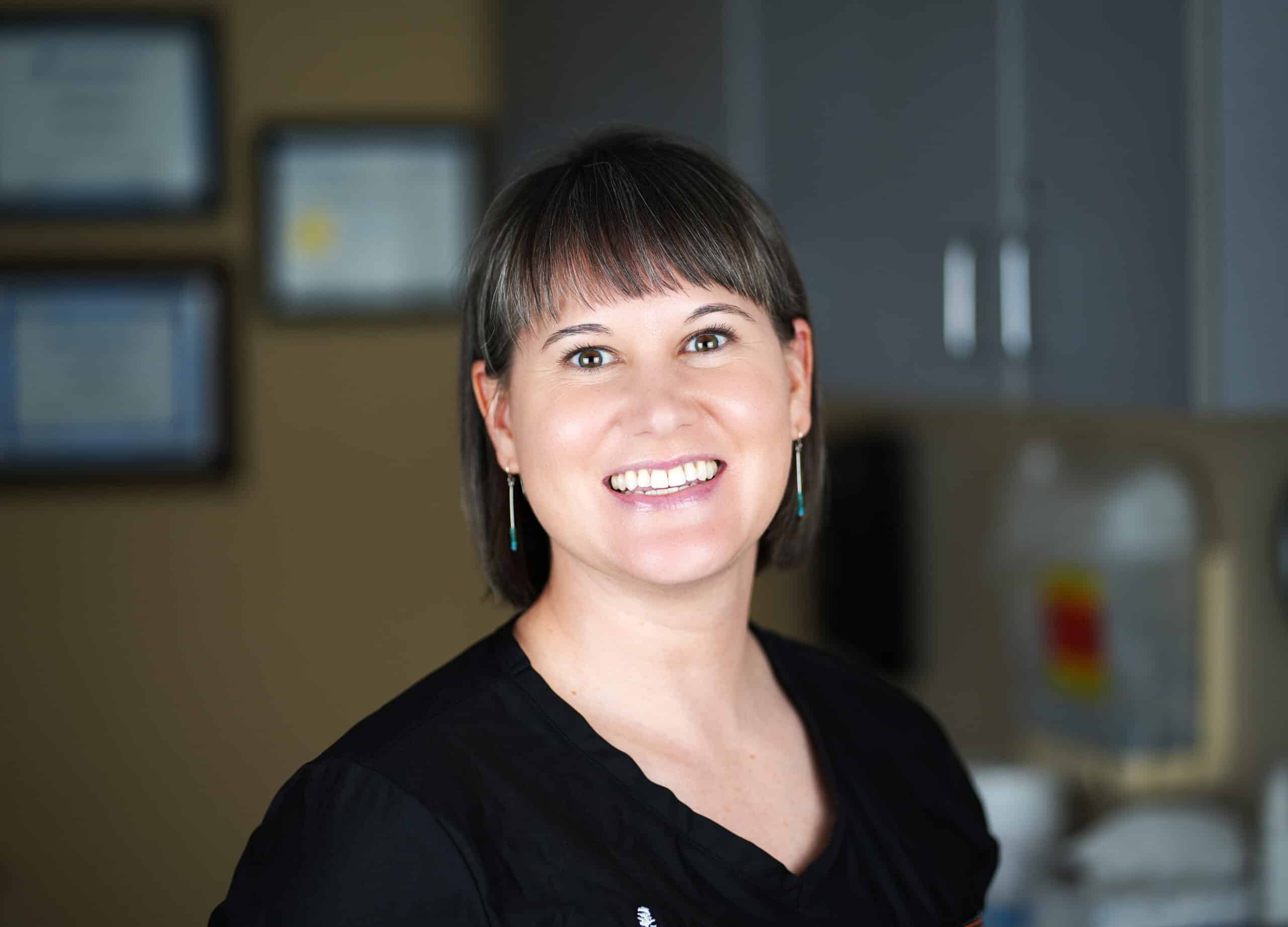
Plastic and reconstructive surgeon Dr. Stephen Lex explains what a brachioplasty is, how much the procedure costs, and recovery and aftercare
As we age, our skin naturally loses elastin, protein fibers that keep skin looking youthful and tight. It’s very common for skin under the arms to lose elasticity over time, resulting in sagging arms. People who have lost a significant amount of weight may have increased skin laxity and drooping in the arms.
A brachioplasty procedure, also known as an arm lift, can reshape the upper arms by removing excess skin and fatty deposits. This popular body contouring surgery delivers immediately noticeable results with minimal recovery time – patients typically return to work within one to two weeks. Brachioplasty patients benefit from tightened, smoother, and more defined upper arms.
In this article, I’ll address some of the common brachioplasty questions we get at our practice, including:
- Am I A Good Brachioplasty Candidate?
- How Much Does An Arm Lift Procedure Cost?
- What to Expect During Brachioplasty
- Recovery and Aftercare
Am I A Good Brachioplasty Candidate?
We generally perform brachioplasty surgeries on patients who are a stable and healthy weight, in good overall health, are non-smokers, and have excess hanging skin or persistent underarm fat that bothers them. It’s also important for patients to go into this operation knowing the procedure’s anticipated outcomes and limitations.
How Much Does An Arm Lift Procedure Cost?
On average, brachioplasty procedures cost around $4,800, according to the American Society of Plastic Surgeons, however, this pricing can vary. Make sure to ask your board-certified plastic surgeon for a final quote during your consult, which includes all ancillary fees including:
- Surgeon fees, which vary based on location and provider
- Anesthesia fees
- Hospital / accredited surgical facility fees
- Medical tests
- Post-surgery garments
- Post-operative care
- Prescriptions
- Post-operative scar lasering procedures
At Plastic Surgeons of Northern Arizona, we work with Care Credit, which provides interest-free loans for up to 12 months to help our patients cover procedural fees.
What To Expect During Brachioplasty
Brachioplasty yields immediately apparent results. While patients will have some swelling and bruising, their arms will look smoother and tighter right away. The surgery’s effects are also long-lasting – as long as patients maintain a relatively stable weight. It’s natural for brachioplasty patients to eventually see some skin laxity again with aging.
My patients often ask me what procedural steps I take during a brachioplasty. Here’s a quick overview of what to expect:
First, the anesthesiologist administers IV sedation or general anesthesia. We will next inject a local anesthetic to minimize pain after surgery. Then we’ll make an incision in the bicep groove or back of the arm. Sometimes we’ll make a separate incision in the armpit to further tighten the skin if it’s indicated. Excess fat may be removed via excision or treated with liposuction. Finally, we’ll close the incision with absorbable sutures in a manner that minimizes scarring.
Brachioplasty Recovery and Aftercare
Most arm lift patients feel fully recovered within six weeks. Most patients return to work within a week and feel well enough to resume normal activities and exercises after four to six weeks.
Here are some more brachioplasty aftercare tips and instructions:
-
- Taking Care of the Incisions: In some cases, we’ll place a small bulb drain that needs to be emptied twice a day. These drains remove excess fluid that naturally collects around incisions to prevent swelling and promote healing.
- Compression: We’ll wrap the incision with a compressive wrap or garment designed to reduce swelling and provide gentle compression. I encourage patients to wear the compressive wrap or garment for two weeks, aside from bathing, and then at night for an additional two weeks.
- Pain Management: We prescribe pain medication to help patients feel more comfortable after their brachioplasty. Some patients will try to use ice or heating pads to relieve soreness – don’t do this, as it can damage the tissue and actually impede the body’s ability to naturally heal.
- Return-to-Work: Most arm lift patients return to work within a week.
- Driving: Patients won’t be able to drive for two days after the surgery due to the effects of anesthesia, so they’ll need a lift home after the procedure. Patients also need to be off pain narcotics before operating a vehicle.
- Bathing and Swimming: Patients can temporarily remove their compressive garments and shower after 48 hours. Baths and submerging the arms in water are discouraged for at least four weeks.
- Exercise: Immediately after the surgery, we want our patients to relax and take time to recuperate. We encourage patients to get up and walk around – mainly to prevent blood clots and maintain healthy circulation. Patients shouldn’t lift anything over 10 pounds, raise their arms overhead, or do any strenuous pushing or pulling motions for two weeks. After four to six weeks, most brachioplasty patients feel up to resume strenuous activities.
- When To Call Us: If a patient is experiencing any symptoms of infection, including redness, swelling, heat, discharge, worsening pain, or fever, then they should call their surgeon right away.
In addition to these aftercare tips, I also tell patients not to smoke for at least six weeks after their procedure to promote better healing.
Book Your Brachioplasty Consultation
We’d love to bring you in for an arm lift consultation. Our team of board-certified plastic surgeons and experienced providers at Plastic Surgeons of Northern Arizona can answer your questions and discuss which procedural approaches would be best suited to meet your goals.




